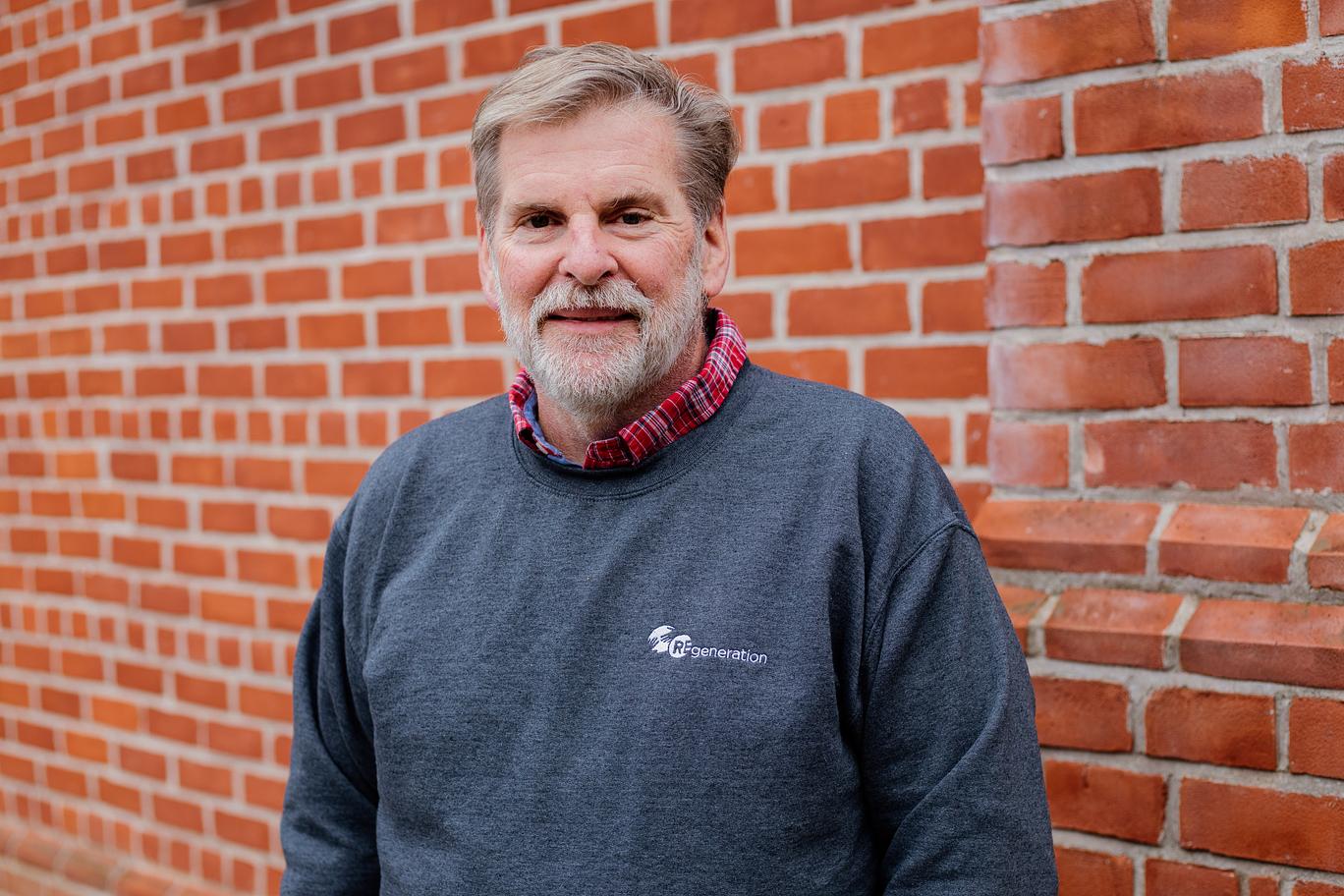Canada is one of 51 countries around the world to have free universal healthcare. We pay taxes so that everyone can get the medication, treatment, or care they need without having to bear the financial burden.
Every Canadian has access to our healthcare system. In theory, that should mean that everyone’s health is basically consistent across social and economic classes.
Unfortunately, even with accessible and affordable health services, health and healthcare inequality still exists in Canada. Let’s take a look at health inequality and how it occurs within a somewhat progressive healthcare system like ours.
What Is Health Inequality?
When one socioeconomic group is generally healthier than another socioeconomic group, it’s known as health inequality or healthcare inequality.
Socioeconomic groups don’t just refer to income and tax brackets. While health is often closely linked to wealth, there are other elements at play as well. Education, sex, living situation, income, family life, and even ethnicity can all factor into your socioeconomic status.
How Do We Know Healthcare Inequality Exists in Canada?
Here are a few statistics that demonstrate Canada’s healthcare inequality:
- Highest-income Canadians get 11.3 more healthy years than lowest-income Canadians
- Life expectancy is 5-6 years lower for Metis people
- Tuberculosis is significantly more common among indigenous people than non-indigenous people
- High alcohol consumption is most common among people with less than a high school education
Some Sources of Health Inequality
Poverty & Working Poverty
Even though basic healthcare is available for free, health is much more general than doctor’s visits or hospitalization. Your health depends heavily on sleep, diet, hygiene, and other basic human needs.
Unfortunately, many of these basic needs go unmet due to poverty. For Canada’s homeless population, shelter, safety, food, and bathing are not necessarily a given. If these staples of health aren’t fulfilled, you become much more vulnerable to illness and injury.
This idea doesn’t just extend to extreme cases of poverty, either. Many people with full-time jobs still live below the poverty line. This is sometimes called working poverty.
Processed foods are typically the cheapest. Unfortunately, they’re also high in sugars and low in nutritional value. People living in poverty are more likely to suffer from obesity because they cannot afford a more varied and nutritious diet.
Approximately 8.7% of Canadians live below the poverty line. Even if healthcare is free, health inequality exists as long as poverty is a problem in Canada.
Gender Norms & Biases
Even in a socially-progressive country like Canada, sexism is still a lingering problem. Gender biases (usually against women and non-binary people, but sometimes against men) place a barrier between Canadians and the diagnosis or care that they need.
There’s a long-standing theory that doctors and medical professionals take women’s reports of pain less seriously than they do for men. There is plenty of literature, documentation, and anecdotal evidence to support this theory.
People are more likely to feel empathy for people they identify with. It’s possible that, since more than half of Canada’s doctors are male, they are more likely to identify with male patients.
Historically, “women’s issues” have also been largely underrepresented in medicine. Issues specific to the uterus and ovaries like Endometriosis and PCOS are notoriously understudied. As a result, patients suffering from these and similar diseases can struggle to get a diagnosis. And once they have it, there are seldom any really effective treatments due to lack of research.
Even conditions that are not sex-related may have a history of gender bias. For decades, medical research for conditions like ADHD and ASD was only performed with men. Unfortunately, these conditions often present completely differently in women. Because the diagnosis criteria were tailored to more male experiences, women were, and sometimes still are, unable to get the diagnosis, treatment, and support they need.
Non-Covered Services
While most medical care is covered for Canadians, some services require additional health insurance or out-of-pocket payments. Dentistry, for example, is not covered by universal healthcare. As a result, it has become a huge barrier to healthy living for many Canadians.
96% of Canadians have tooth decay. In addition to toothaches, dental decay can have serious repercussions for your health. Tooth decay may be linked to:
- Gum disease
- Infections
- Pneumonia
- Pregnancy complications
- Heart disease
These are serious issues. And while we may not be able to prevent all of them completely, with the appropriate dental care, we can reduce the risk.
Unfortunately, many Canadians are unable to afford regular dental cleanings, let alone fillings, root canals, and more elaborate procedures. It’s not uncommon for Canadians to lose teeth, often because they are too decayed to save, or because they are too expensive to restore. Losing teeth and other dental issues often leave sufferers unable to chew.
Approximately 7.6% of Canadian adults are unable to chew. The vast majority of these adults belong to the lowest-paid group of Canadians. If you are unable to chew, it becomes difficult to maintain a healthy diet which is key for overall health.
Inaccessibility
For many Canadians, the healthcare they need is simply not accessible to them. It could be a communication barrier, like an immigrant who can’t find healthcare in their language, or a person who is deaf and needs a signing translator.
There’s also the issue of availability. Even major cities may only have 1 or 2 specialists in any given area. It’s common for transgender people to spend years on waiting lists before they can transition because there aren’t enough endocrinologists to help an entire population.
For people with special needs or disabilities, accessibility can be a massive hurdle. When there’s no space for a wheelchair in an eye exam room, eye exams become inaccessible for someone. When there’s no quiet space for a noise-sensitive person on the Autism spectrum, waiting rooms become inaccessible.
Even when healthcare is financially accessible to everyone, it may not be physically accessible to everyone.
Understanding the Realities of Canada’s Healthcare System
Canadian healthcare does a lot of good for a lot of people. Universal healthcare makes diagnosis and treatment more readily available for anyone who needs it, and that’s a good thing.
But it’s important to remember that healthcare inequality still exists in Canada. By recognizing some of the biases and barriers built into the system, we can highlight the gaps where we need the most change. The more we consider healthcare inequality, the better equipped we are to eliminate it.




